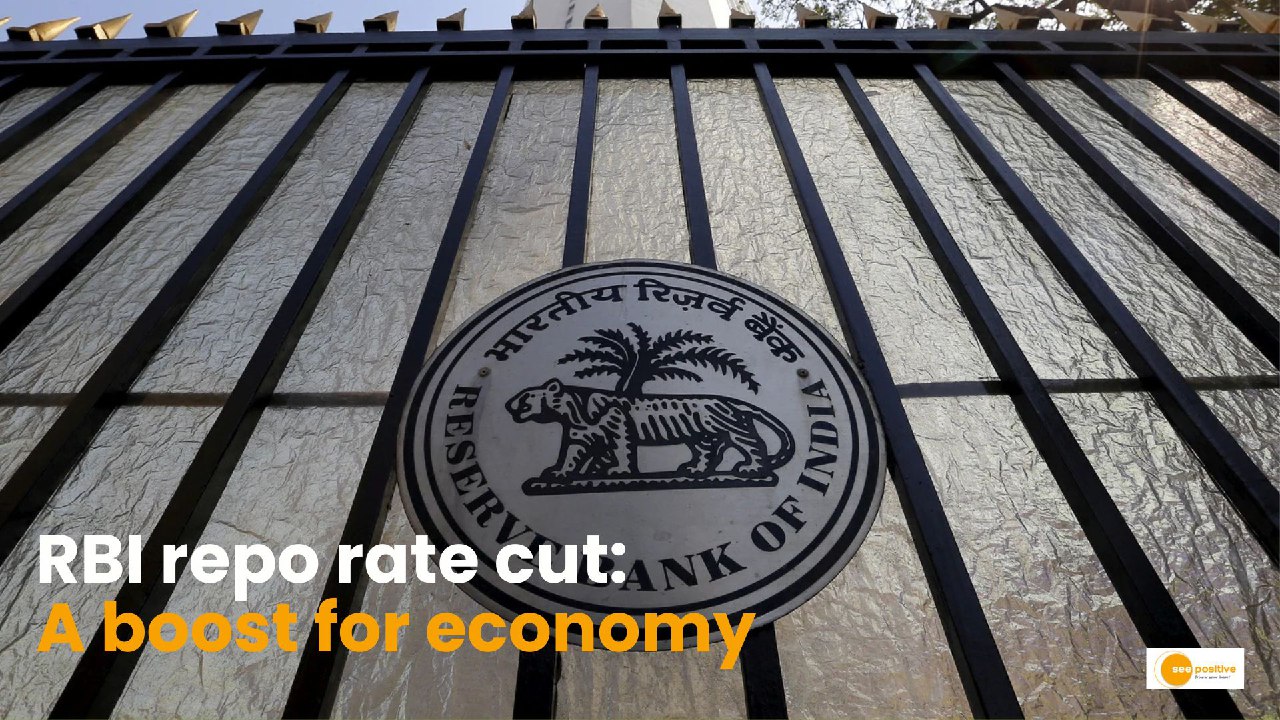EMIs to go down : RBI has cut the repo rate for the very first time in 5 years. This striking cut in the repo rate brings a great news for both existing and new borrowers. This will lead to lower EMIs (Equated Monthly Installments) for loans, which includes home loans, auto loans, and personal loans.
It’s also worth noting that this rate cut comes just after the income tax cut, which further enhances the disposable income of the middle class. If you’re planning to take out a loan or are currently repaying one, this could provide some relief, as your EMIs will likely reduce over the coming months.
What is repo rate?
The repo rate (short for repurchase rate) is the interest rate at which the Reserve Bank of India lends money to commercial banks for short-term loans.
In simple terms, it’s the rate at which banks borrow money from the central bank to meet their short-term funding needs. When the RBI changes this rate, it influences the overall cost of borrowing in the economy.
How repo rate influences?
The repo rate is a tool used by central banks to control inflation and influence economic activity. Lowering it tends to encourage borrowing and spending, while raising it slows down borrowing and spending.
What are the Benefits of Repo Rate Cut
Cheaper loans
The repo rate, now at 6.25%, is a key factor that banks use to set their own lending rates. Earlier it was 6.50%. When the repo rate drops, banks usually follow suit by lowering their interest rates, making it cheaper for consumers to borrow. This is especially helpful for the middle class, as it eases financial pressure on their monthly budgets.
Lower EMI
With the cut in repo rate, loan interest rates decrease, the monthly repayment amount (EMI) for borrowers also reduces, easing financial pressure.
Encourages Investment
Businesses can access cheaper credit, encouraging them to invest in expansion, new projects, or hiring, which helps drive economic growth.
Promotes Economic Growth
Lower interest rates make borrowing more affordable, leading to higher consumption and investment. This can stimulate overall economic growth.
Improves Liquidity in the Economy
Lower repo rates make it easier for banks to access money, helping them to lend more to businesses and consumers. This improves the liquidity in the financial system.
Support for Real Estate Market
With cheaper home loans, the real estate market tends to thrive as more people are able to afford homes, benefiting developers, realtors, and buyers.
Encourages Stock Market Growth
When interest rates fall, people are more likely to invest in stocks or other financial assets instead of keeping money in low-yielding fixed deposits or bonds, boosting the stock market.
Positive Takeaway
After the tax cut news in Union Budget 2025, this comes as a very good news for middle class. Loan borrowers can now take a sigh of relief.


